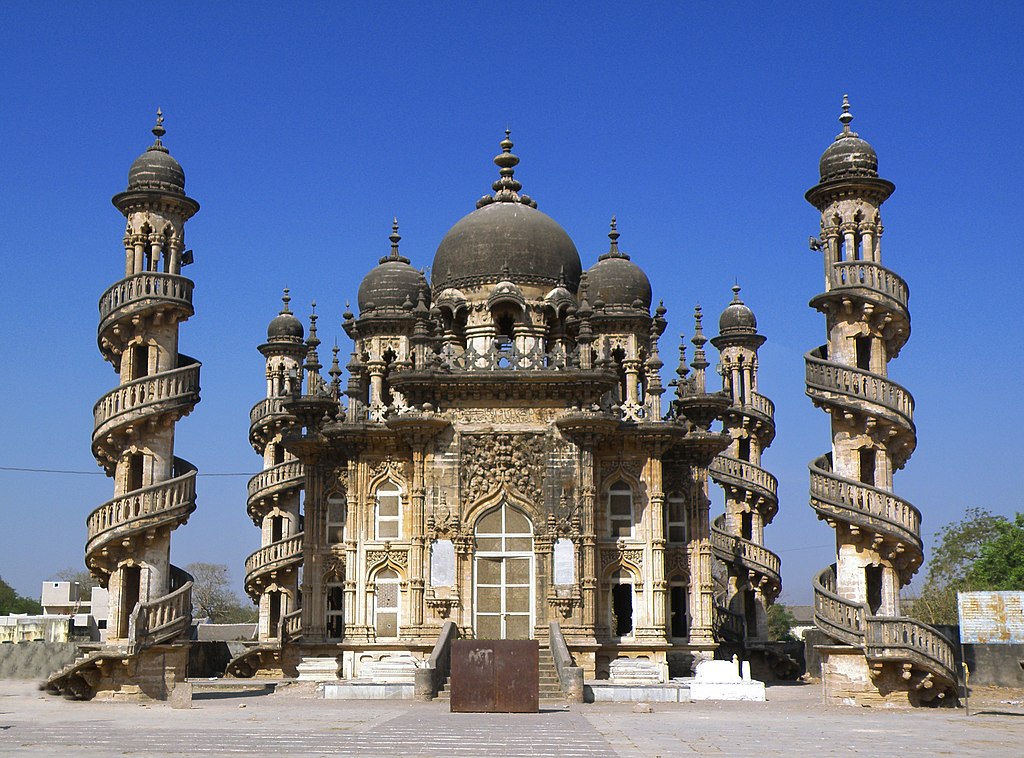Other thoughts first. Apologies for the tangent:
There's nothing like a flurry of pope-related news to remind me that I have a blog to maintain! The crowd gathered for Pope Francis's World Youth Day in Brazil already surpassed the crowds for Benedict XVI's in every year of his whole pontificate. While it's true that the mass media is heavily invested in creating a bite-sized narrative of Benedict as a big bad Nazi reactionary with Francis as a champion of humility, the poor and non-whites, most of the Catholic blogosphere appears equally ridiculous in trying to paint the two as being practically the same guy. Let's face it: Benedict was a lot harder to love than the ever-avuncular, "call me Jorge" Francis. His vision of the Christian church (disregarding a few over-educated young fogeys like you and me, perhaps) was a lot less appealing to the tastes of the modern world.
Now, don't get me wrong. I'm glad to see that in the year 2013, there are three million people in my age group who are willing to fly across the world to see the vicar of Christ, even if only a glimpse of him in the distance. By contrast, I can barely muster the strength to get up on a Sunday morning. I don't doubt most of the folks who showed up to World Youth Day are more faithful than I am. But it's mighty awkward to run a blog called Modern Medievalism when one of the last vestiges of that age, the pope, believes that the idea of being a father of kings, a patron of the arts and sciences, and champion of western civilization is not just something to put on the backburner (that, I could understand), but absolutely inimical to his office. For all his supposed inclusiveness and internationalism, Francis has a bizarre habit of putting beautiful liturgy and social justice or love of the poor at odds with each other. No doubt he would fail to see the point behind most of the articles I've posted here and dismiss the topics as quaint anachronisms, rather than things to be loved and restored. And while I fully realize that the pope has a near-zero impact on the course of my everyday life, I must admit that his election, among other things, has still managed to put me in a spiritual malaise. What else could one feel when faced with the thought that if he were somehow granted an audience with the pope himself and related the reasons for his conversion, the pope would probably just shrug his shoulders and say "that's nice"?
All this to say that this is why I haven't posted lately. I've spent the better part of the summer retreating to the strictly "modern" side of my interests, namely gaming. In fact, I'm making plans to start a new blog for PC game reviews and such, but I'll do my best to not let that interfere with my activities here. I haven't given up on you dear readers yet, assuming you're still out there.
Now, to the meat of today's post. Despite my love of the west's medieval art and architecture, I have an intercontinental heritage. The achievements of imperial China, Japan, and Indonesia (my mum's home country) have not escaped my study by any means. Indeed, there's almost nothing I enjoy more than seeing the West and East come together in harmony. I therefore share with you some photos of Indo-Saracenic architecture, also sometimes called Indo-Gothic or Hindu Gothic. We have the British Raj to thank for bringing the Gothic revival to the valleys of India. That's not to say that the synthesis of Gothic with traditional Mughal architecture was wholly peaceful. After the rebellion of 1857, the Brits smashed quite a bit of the old Red Fort for no good reason. But in the aftermath, British architects sought to blend the Gothic revival (along with other European styles) with Mughal to harmonize the transition and legitimize their reign. Here are some examples:
 |
| Mohabbat Maqbara Palace, Junagadh (a mausolem) |
 |
| Municipal Corporation Building, Mumbai (Bombay). |
 |
| Mysore Palace. I believe it may still be an official residence of the maharajas of Mysore. |
 |
| Velankanni Matha church. Designated a basilica by Pope John XXIII. |
 |
| Lahore Museum (Pakistan) |






